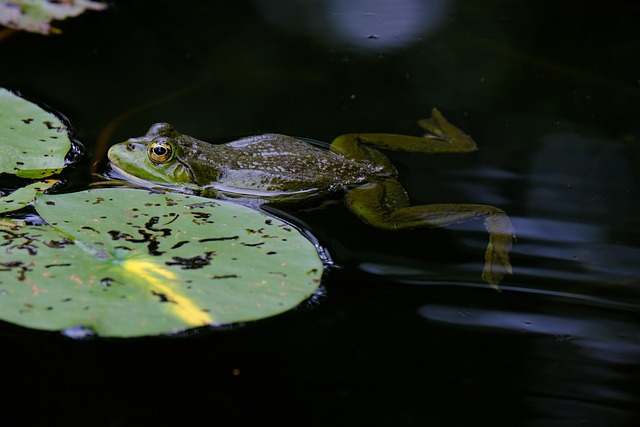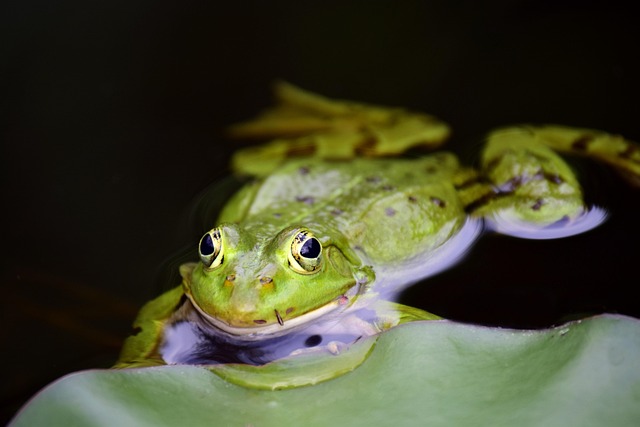
Unlocking the Secret Language of Frog Signs: A Guide to Understanding Nature’s Amphibians
Understanding Frog Signs and Their Importance in Nature
Have you ever sat quietly in a garden or by a serene pond, listening to the soft croaks and chirps of frogs as the sun sets? These delightful sounds are more than just background noise; they are the secret language of amphibians, revealing the vibrant life surrounding us. Frog signs invite us to engage with nature, reminding us of the interconnectedness of all living beings.
What Are Frog Signs?
Frog signs are the various behaviors, calls, and appearances of these fascinating creatures that signal vital information about their environment. From the rhythmic croaking during mating season to the subtle changes in their skin color, these signs collectively offer insights not only into the life of frogs but also into the health of ecosystems they inhabit.
Listening to Nature’s Amphibians
As the sun begins to dip below the horizon, the symphony of frog calls rises in pitch and intensity. Male frogs croak to attract females, and each species has its unique sound. By learning to identify these calls, you can interpret important happenings in your local environment. For instance, a loud chorus often indicates a thriving population, while silence may signal a decline in their numbers, possibly due to environmental stressors.
Frog Signs as Indicators of Ecosystem Health
Frogs are not only captivating creatures; they also serve as bio-indicators. Their sensitive skin and dual life stages—from tadpole to adult—make them remarkably vulnerable to toxins and habitat changes. Observing frog signs can help us gauge the health of wetlands, marshes, and ponds. A diverse frog population often implies a balanced ecosystem, reflecting the quality of water and overall habitat health.
The Role of Frogs in Biodiversity
Frogs play a crucial role in maintaining biodiversity. As both predators and prey, they contribute to various food webs. They help control insect populations and, in turn, provide sustenance for birds, snakes, and other wildlife. Understanding frog signs enhances our appreciation for these creatures and emphasizes the importance of their conservation. Just as each unique call contributes to the nighttime symphony, every species plays an integral part in the broader ecosystem.
Connecting with Nature Through Frog Signs
Connecting with nature becomes a rewarding experience when you start to recognize and interpret frog signs. Whether you are a seasoned naturalist or simply someone who enjoys the outdoors, taking the time to observe these amphibians can deepen your appreciation for the natural world. Start listening for their calls, look for their distinctive footprints, or explore local habitats where they thrive. Such experiences not only foster a greater understanding of frogs but also enrich our lives as we engage with the wonders of nature.
In a world where nature often goes unnoticed amidst the hustle and bustle of daily life, frog signs serve as gentle reminders to slow down and appreciate the intricate web of life around us. Each croak, leap, and splash connects us to the rhythms of the earth, urging us to become guardians of the natural world.



